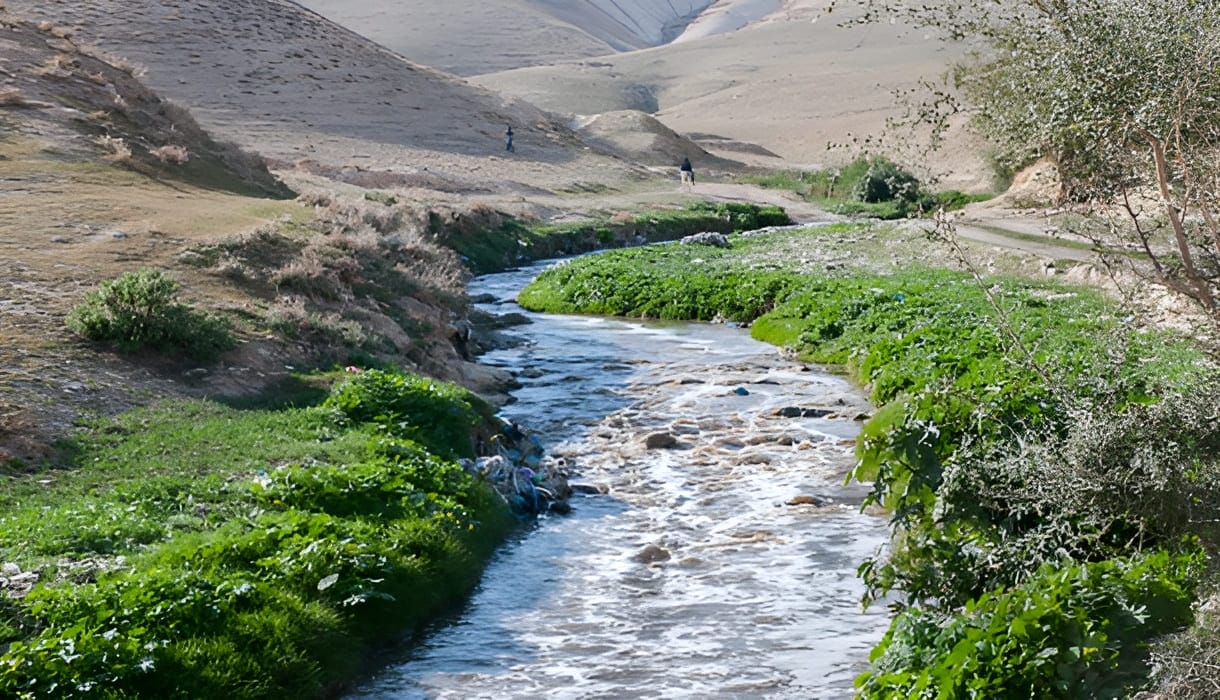Sand from fragile rivers, beaches, and the sea floor is being mined to meet the vast demand for construction materials, resulting in major environment and social impact.
Recent reports have raised the spectre of the COVID-19 vaccine supply chain being delayed due to a shortage of high quality sand which is the main ingredient in the billions of glass vials needed to transport those precious doses.
This might seem an easily resolved stumbling block as sand, after all, is almost a synonym for ubiquity. However, although supply concerns over the industrial grade silica sand needed for the vaccine vials are likely to be temporary, the challenge of securing the right sand for those vials actually reveals deeper questions about the scale and impact of our sand use.
Despite the occasionally shrill newspaper headlines, we are not running out of sand at a global scale although, by volume, it is actually the world’s second most-used raw material after water, with the most consumption by the construction sector.
But the rounded grains of windblown desert sand do not bind well in concrete, meaning sand is being dug from fragile rivers, beaches, and the sea floor in such huge quantities to meet the vast demand for construction that it is leading to major environmental and social impacts – kicking up silt which smothers fisheries, accelerating coastal erosion, being exploited by criminal gangs, and even triggering diplomatic tensions between countries.
The backbone of the modern world
In its many varieties, sand is a component in numerous everyday materials, from roads to cosmetics, from food to electronics. When mixed with gravel and bound with cement, sand becomes concrete; when mixed with bitumen, it becomes asphalt; when heated, it becomes glass; and when pumped from the seabed in vast quantities it becomes the reclaimed land used to expand sprawling coastal cities like Singapore, Dubai and Hong Kong. It is no exaggeration to say sand and gravel are the backbone of the modern world.
Sustainably managing this natural resource will become increasingly critical as the world transitions to clean, renewable energies – wind farms and solar panels both need sand – and work to meet the Sustainable Development Goals (SDGs). Improving the way we use this vital resource has three main dimensions.
The first is simply to get a better understanding on how much sand is being used. Estimates are usually based on proxies such as cement sales but, using ‘back of the envelope’ calculations, the United Nations (UN) estimates global sand consumption to be in the region of 50 billion tonnes per year – enough to build a wall 27 metres high and 27 metres wide around the Earth every year.
But given this covers only one use it is most likely an underestimate. Over the past 20 years increasing sand demand has largely been driven by explosive growth in China, but other countries such as India and Indonesia have rapidly urbanizing populations and are entering a period of increasing demand for sand. Some experts estimate roughly two-thirds of roads, airports, train lines, and buildings that will exist in 2050 have not yet been built.
Meanwhile, rising sea levels and fiercer storms triggered by climate change may require thousands of kilometres of new concrete sea walls. New technologies such as satellite-based earth observation and bathymetry monitoring are powerful tools to help understand how much is being extracted from which places. But this needs to be combined with sectoral and local level data to complete the picture as the pressure on sand resources increases.
The second priority is to reduce the negative impacts of sand mining from active river and marine systems. Sand extraction runs a spectrum from a poor artisanal miner with a shovel and wheelbarrow to enormous offshore dredgers processing up to 100,000 tonnes of marine sand each day.
Sand is a bulky, heavy material, cheap to use but expensive to transport which means it is normally mined close to where it is needed. It can be dug either from non-active ‘fossil’ systems such as inland sand deposits in quarries or from ‘active’ sediment systems such as riverbanks, beaches, or the seabed where it can cause local environmental devastation, downstream siltation, and coastal erosion.
The third priority is to encourage cooperation over viable approaches and technologies to help the sand sector become more sustainable. On the positive side there are many innovative ideas to share, such as new ways to recycle old building materials, additives to make desert sand usable at scale, and designs to reduce the amount of concrete in buildings.
No single technology or approach provides a magic solution, but there is much available to learn from. Such is the scale of our sand use, even improving its performance at the margins could result in enormous benefits for people and planet.
Co-authored with Dr Louise Gallagher, Environmental Governance Lead, Global Sand Observatory Initiative, UNEP GRID-Geneva – published by Chatham House on 26th April 2021 – https://www.chathamhouse.org/2021/04/why-managing-sand-sustainably-gritty-problem


